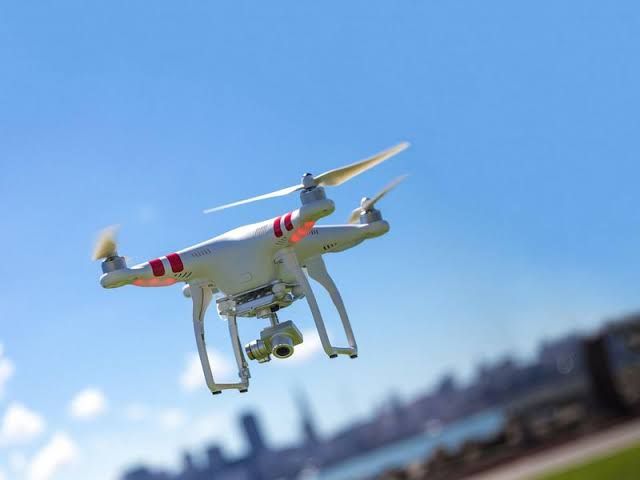Drone Prone World
Apr 19, 2019 • 2 views
Technology has come a long way.
The desire of man to fly has found its expression from days of Ramayana to the more modern wright brothers.
The visions of tomorrow, captured and popular science fiction in reel are turning into real.
Generation z, hit with issues of population bloom and climate change has a new aid at their disposal.
Drone technology, is the latest revolution in innovation.

Unmanned aerial vehicles(UAVs) or drones traces it's origin to Austrians offense on Venice via explosive laden balloons in 1843.
A more modern one would be "Kettering bugs" as called by US Army at the end of world war1.
Thus,its safe to conclude it has a history of familiarity with humankind specifically in the defense sector.
It's the development, usage and debut in the commercial sector which makes drones a hot potato in the technological sphere of mankind.
To provide an insight,
•21% of infrastructural projects are delayed due to surveying.
•30%of world's crop production is lost to weeds.
•Projects innumerable delayed due to risky ventures.
All these and more are met by the flying robots,which comes in sizes to suit the job profile accordingly.
Nano >250gm
Micro 250-2kg
Mini 2kg-25kg
Small 25kg-150kg
Large <150kg
To cater to
•Defense
•Urban planning
•Agriculture
•Emergency response and disaster management
•Conservation of endangered species
•Healthcare
•Weather forecasting
•Waste management
•Mining
•Telecommunication inspection are diverse aspects that enable our modern life.
Establishingmore potential than just toys of adolescence.
Regulatory norms forwarded by
the Director General of Civil Aviation (DGCA) unveiled draft norms for usage of drones in October 2017.
These are still under review with different ministries in the government and are expected to be formalised in the next couple of years, with further detailing of the policy to be in place by 2025.
Unmanned aerial vehicles are expected to be legal by December, 2019 but with a ban on delivery service usage.
Independent start-ups have cropped up in recent years such as 1Martian Way Corporation, Aerial Air, Aarav unmanned systems,Aero360 among others in a quest to diversify the drone ecosystem.
CASE STUDY
Projected 600 million population hike by 2030,with goals of sustainability in aim,the Indian government has called for 100 smart cities to be built.
Overpopulation has always been understood out of observation,
to lack of access to resources and congestion.
For insight purpose, the urban planning of New York City if implemented in Texas, the entire population of USA can fit in the state of Texas. This shows how crucial is urban planning in modern age.
In urban planning, before we intend to improve on things, we got to know where things are, what are the conditions and how can we actually monitor the improvements to be made in the elements that make up a smart city,drones play a key role here.
Surveying, data collection and analysis which would take months and manpower to achieve, can be accomplished in a matter of weeks, welcome to the Drone Prone World.
As the old saying goes,
knowing is half the battle won.
